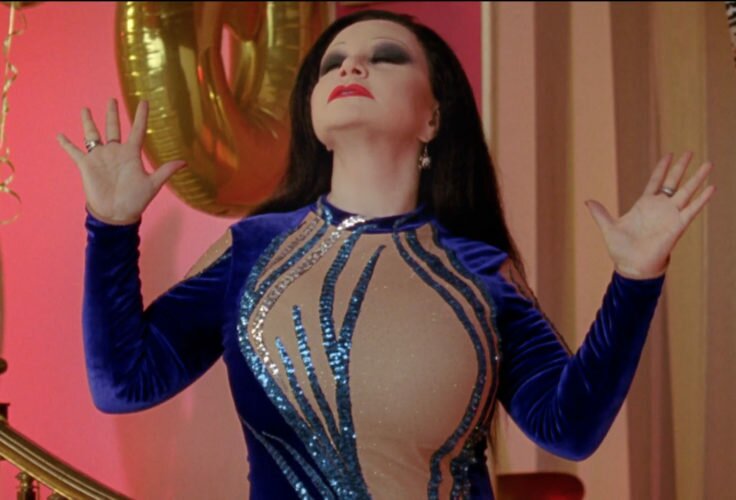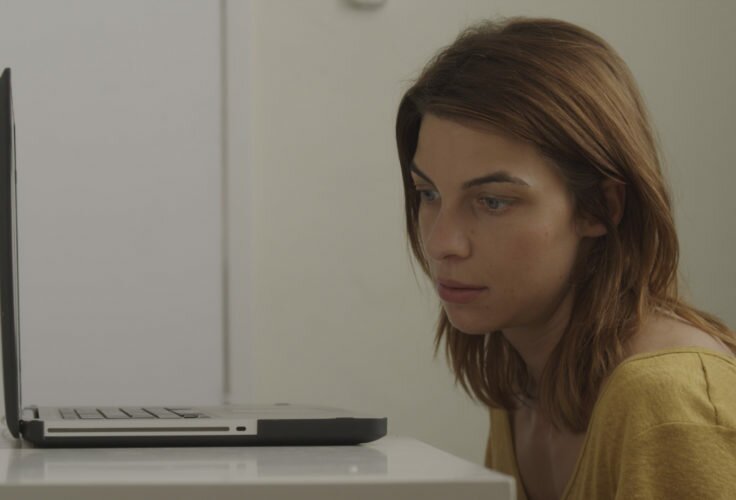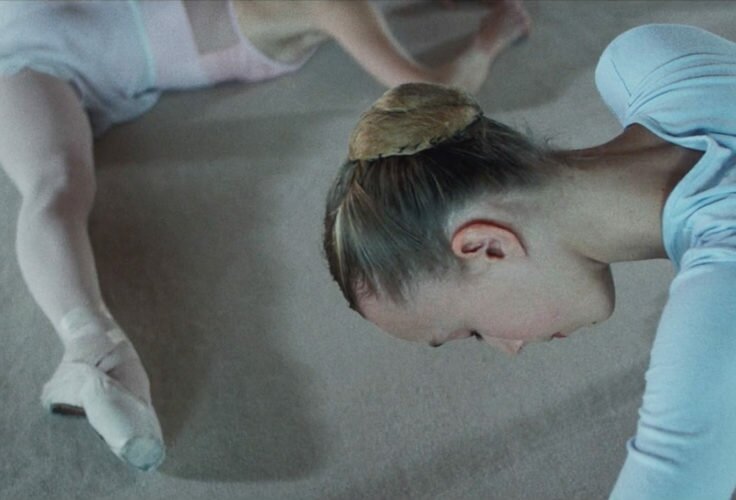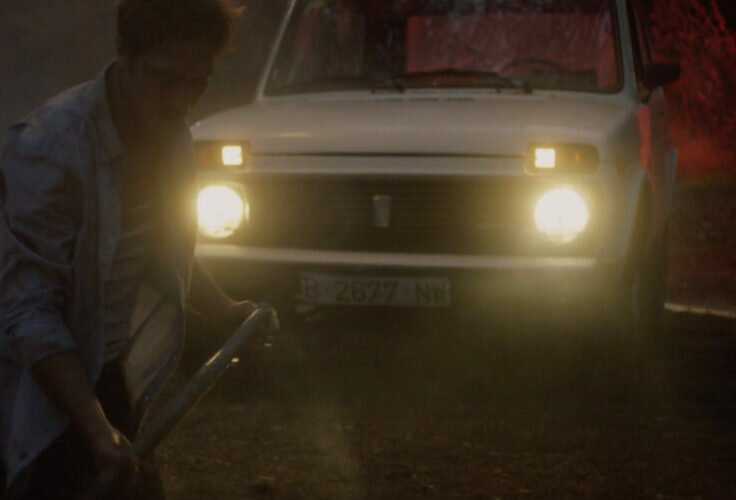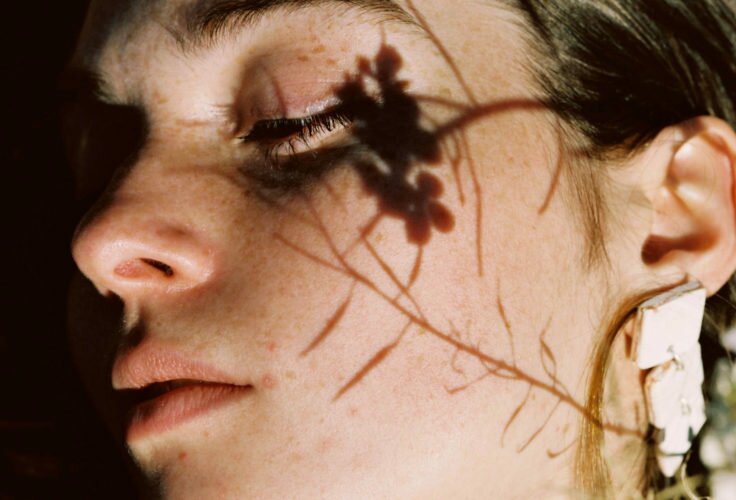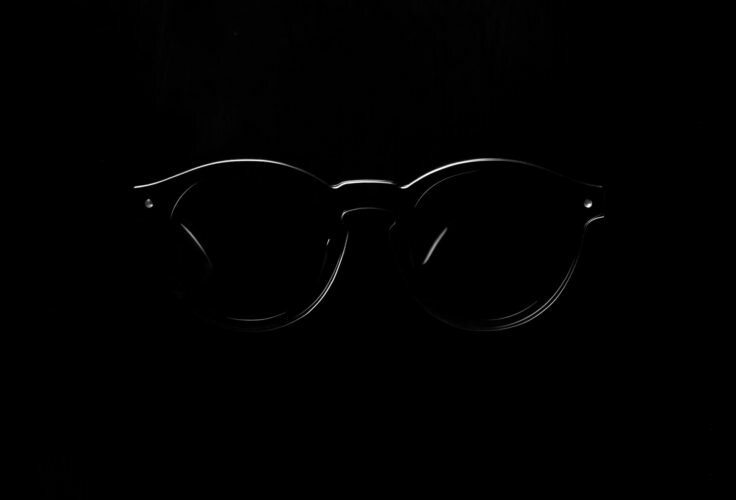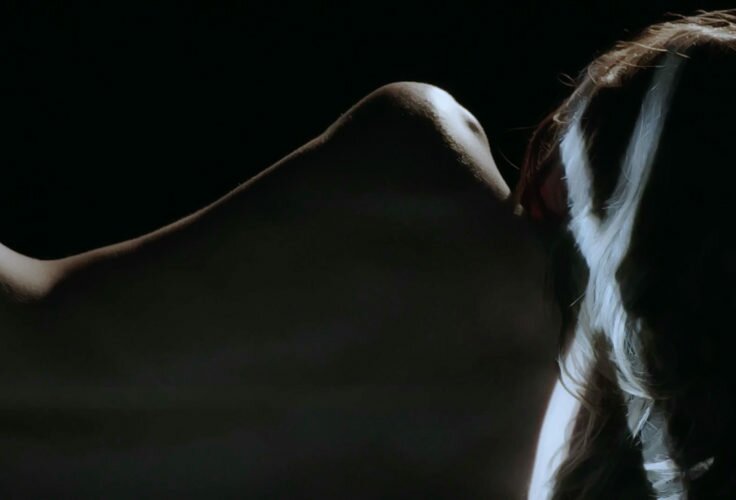Adrian Tomine is one of the big names in the contemporary US comic world. Víctor Parkas offers a (way too) personal interview with the author.

ByVíctor Parkas
1969: Jeffrey Ross Hyman, in the near future known as Joey Ramone, the Ramones’ frontman, is diagnosed with obsessive-compulsive disorder and ends up in an asylum years before defending songs such as I Wanna Be Sedated, Gimme Gimme Shock Treatment, Teenage Lobotomy, Go Mental or Pyscho Therapy. 1971: Opening of Sex, the Vivienne Westwood and Malcom McLaren boutique that will dress the Sex Pistols in black leather, swastikas and, last but not least, straitjackets with straps. 1978: the Cramps and the Screamers give punk concerts in mental centres: Napa State Mental Hospital and Camarillo State Mental Hospital, respectively.
Arriving at Sant Boi de Llobregat by car, the first thing you see is a sign that says “Sant Boi: boig per tu” (Sant Boi: crazy for you). The play on words makes sense when you know that this Catalan town is the home of the country’s most famous mental health institution; an asylum that is the town’s identity sign. “For us who were born here it’s quite normal”, an old Sant Boi neighbour tells us. “Santboianos are very proud of the mental asylum”. That (ex)neighbour is Silvia Resorte, front girl of punk (ex)band Último Resorte.

“When we were at school, they took us to the asylum so we could watch films there,” Silvia remembers. “Some of the loonies were allowed to go out in the street, and many of them became well-known in town,” she adds, referring to guys such as El Bombero, or the patient who, each time he left the asylum, started directing traffic before bewildered drivers. I was also born in Sant Boi, but I’m from a different generation than Silvia, and so I never met them. In my age, the two most popular mental patients were El Nube and El Explotao: the first got his nickname for his penchant to express “nu veas como voy”; the second, his brother, for the jacket with the Exploited punk band logo he wore in his early years. Before drink finished with the one of them, YouTube gave eternal fame to the oldest one with two videos – and – that break my heart each time I see them.
Despite the generational gap, the fact that my parents’ house overlooks the asylum yard makes my vision of the place quite similar to Silvia’s. “It seemed very nice, full of gardens and workshops for the patients,” she remembers. “The place was amazing, although I think in those years access wasn’t as restricted as today.” Even if all this might sound way too confessional, here’s two more details: the same year I bought Never Mind the Bollocks at the Alcampo in Sant Boi (circa 2005), my cat run away and I had the chance to access the asylum’s gardens to try and find it; this year, when I went to the centre to ask someone in charge there for help to finish this article, apart from witnessing security levels similar to an American airport I only got a visit card with a telephone number to phone and stupidly waste your money. Of revisionism, because there’s a bit of that too, we’ll talk later on.
“At the beginnings of Último Resorte,” Silvia goes on, “one of our friends still had a contact in the asylum.” At this point, we should highlight that the centre Benito Menni, as it is called, had hosted decades ago concerts of people such as Jaume Sisa, a Catalan singer-songwriter whom, for his proto-punk character, would be an involuntary forerunner of the gig that took place there in November 2nd, 1979. “When the band got to the hospital, the patients helped us carrying the gear,” Silvia goes on, “and guided us towards the theatre; the same place in which I’d watched movies as a kid, and that day we gave what would be the first Último Resorte gig.” Introduction: the patients played tag with the band while there was a projection of an El Zorro film at the theatre; a flamenco show opened for what would be the night’s big act; in a corner of the room, standing up, punk rockers with their trench coats, mohawks and sunglasses waited for their time. “They were our first followers, the patients and their families made up our first audience,” the singer adds. Without monitors, without the wards and managers knowing what punk meant exactly, and with a priest shooting it all in Super 8, the first riff began.


“In a few seconds you’re all going to die,” Silvia shouted to the microphone. “Patients got really excited; they threw coins at us; danced in a schizoid way. We gave it all and they seemed very happy, because it was something new for them: they were used to comedy shows or folk concerts. That’s why I think they were shocked at seeing a young girl being so aggressive and screaming her lungs out.” There’s barely a photograph left to document this historical concert for Spanish punk-rock history, but this reality shouldn’t be attributed to the aura of doom usually surrounding this genre: the mental health centre (and here we go back to the ‘revisionism’ issue) doesn’t keep any documents -or prove- of any of the concerts given at the end of the seventies and beginning of the eighties at the Benito Menni. “I tried to recover the video that the priest shot many times, but it was impossible. I guess that at some point they got rid of all those recordings.”
What does have a visual document in video form is the Cramps’ concert we were referring to at the beginning of the article, and it’s . “When we played at the Benito Menni centre we thought we were the pioneers of taking punk to an asylum, because we still didn’t know the Cramps had done it only a year before us.” Sadly, that wasn’t to be the only pattern repeated by Silvia: as her tribe colleague Joey Ramone, she also ended up suffering from a mental illness. “From 84 to 89, I suffered from very, very serious schizophrenia. As soon as I was diagnosed with it, I left Último Resorte and until 1996 I couldn’t climb on a stage again,” she confesses. “There’s something funny in all this, and it’s that Juanito, our bass player, took a test to try and pretend he was crazy in order to avoid military service. I helped him answer it, and that’s where the song comes from. A bit after that, I had to take the same test for prescriptive reasons. It was shocking to see in front of me, given the situation I was in, the same questions that I had answered with Juanito as a joke,” she reveals.

“I got over my illness with medication and following doctors’ advice, but let’s not forget about the therapeutic and transformative power of music, both for listeners and musicians; it relaxes us at a spiritual level and helps us stop feeling down.” Maybe, for that reason, these underground activities of alternative music still pop up every now and then, even three decades later: last year, for instance, Japanese band Urbangarde played for the patients of an asylum in their country. Be it in Sant Boi or in Nagano, Kortatu devoted a song to are still, it seems, in good health. Good mental health, of course!



